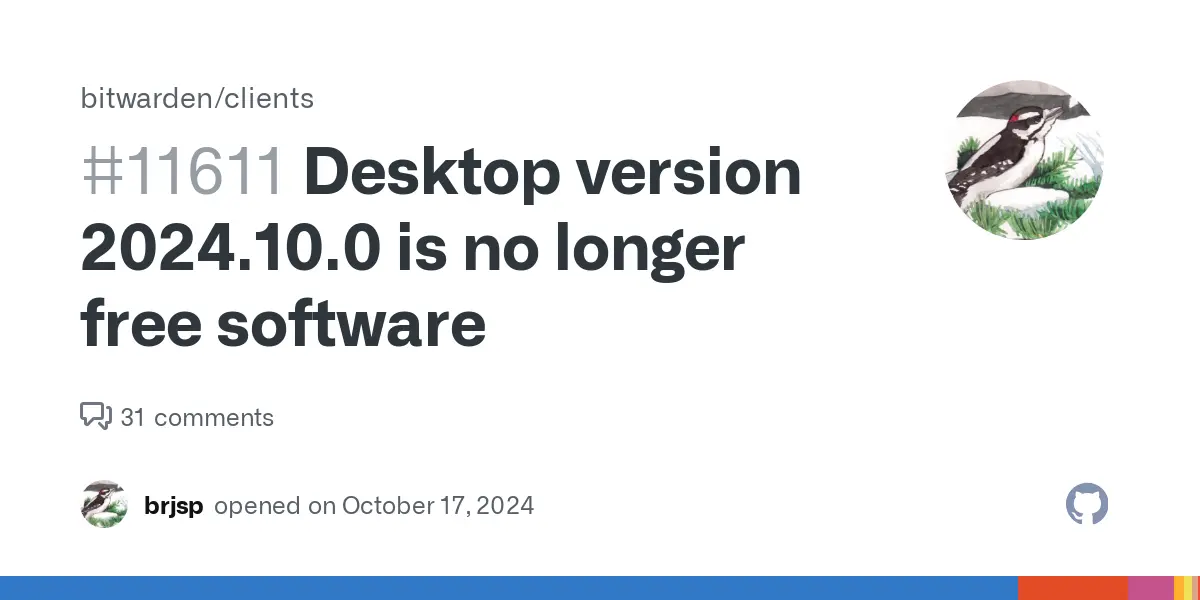If you have a reasonably up to date mesa and use a Proton version with a new enough DXVK, DXVK can utilise Graphics Pipeline Libraries to link shaders just like a d3d11 driver on Windows would, eliminating stutter.
I believe shader precomp is used for some video codec edge cases though, so YMMV depending on the game.







More likely is the device firmware and you likely can’t fix that.